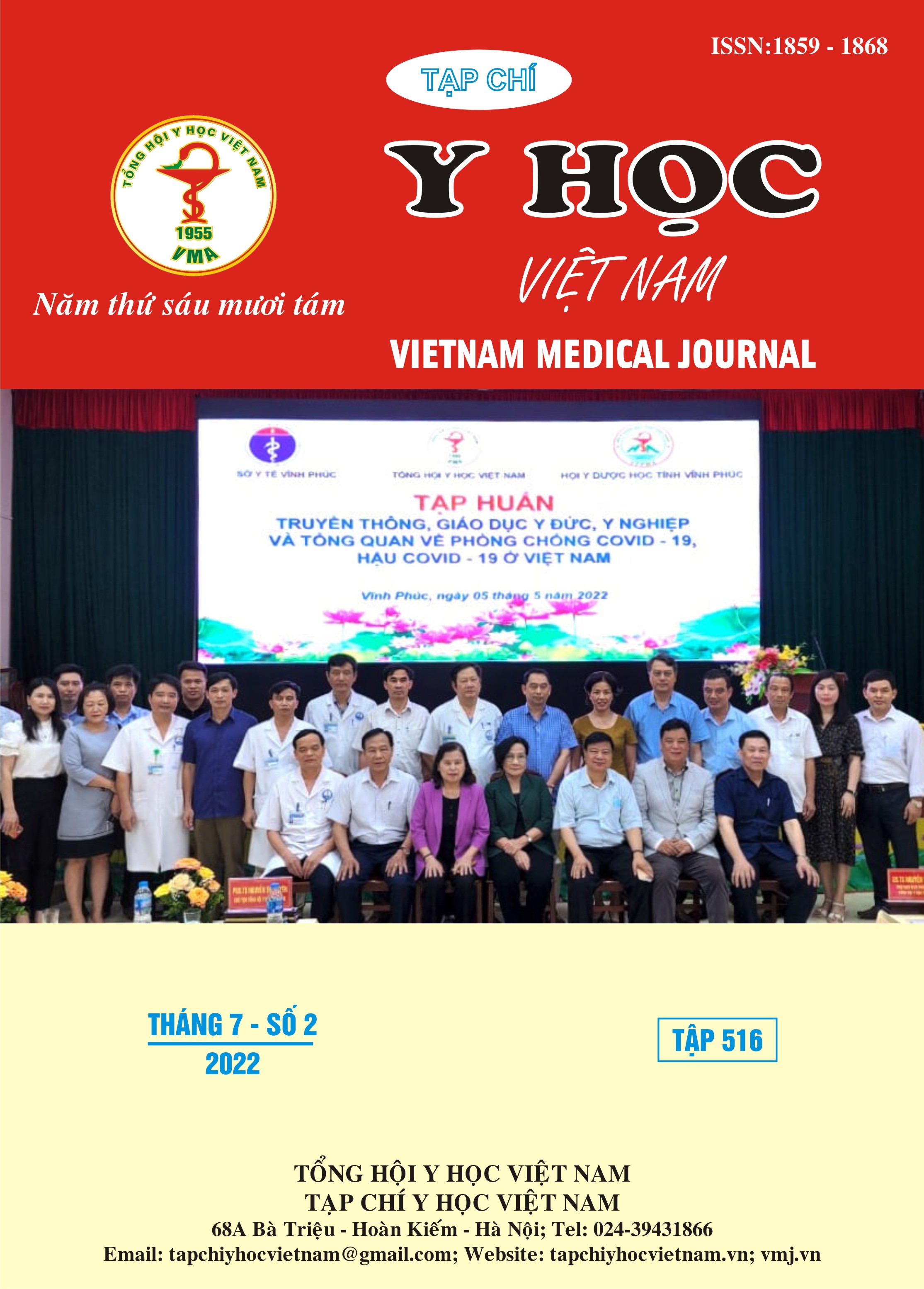THE ASSESSMENT OF ADVERSE EFFECTS IN THE TREATMENT OF SEVERE ACNE BY ORAL ISOTRETINOIN AT CUMULATIVE DOSES OF 60MG/KG AND 120MG/KG
Main Article Content
Abstract
Objectives: To evaluate the adverse effects in the treatment of severe acne by oral administration of isotretinoin with cumulative doses of 60mg/kg and 120mg/kg. Method: A retrospective combined prospective study on 60 patients diagnosed with severe acne divided into 2 groups. Results: Cheilitis was the most common side effect, occurring in 95% of patients. Xerosis of the face, which occurred in 70% of patients, was also a common symptom. No patient reported musculoskeletal pain. Only 1 patient had acne flare-ups, and 1 patient had menstrual disorders, accounting for 1,7%. There was no significant difference in clinically adverse effects between the 2 treatment groups. There were no cases of increased liver enzymes during and after treatment. Hyperlipidemia was found in 5 patients with a rate of 8.3%, and the rate of hyperlipidemia in the 2 treatment groups had no significant difference (p = 0.353 > 0.05). Conclusion: The most common adverse effects in both groups were cheilitis, dryness of facial skin, and itching. The less common adverse effects were erythema on the face and photosensitivity. There was no significant difference in clinical side effects between the 2 treatment groups. Isotretinoin has fewer effects on laboratory tests, even at high cumulative doses.
Article Details
Keywords
Severe acne, isotretinoin, adverse effects
References
2. Demircay Z, Kus S, Sur H. Predictive factors for acne flare during isotretinoin treatment. Eur J Dermatol. 2008;18(4):452-456. doi:10.1684/ejd.2008.0441
3. Cannizzaro MV, Dattola A, Garofalo V, Del Duca E, Bianchi L. Reducing the oral isotretinoin skin side effects: efficacy of 8% omega-ceramides, hydrophilic sugars, 5% niacinamide cream compound in acne patients. G Ital Dermatol Venereol. 2018;153(2):161-164. doi:10.23736/ S0392-0488.17.05742-X
4. Zane LT, Leyden WA, Marqueling AL, Manos MM. A population-based analysis of laboratory abnormalities during isotretinoin therapy for acne vulgaris. Arch Dermatol. 2006;142(8):1016-1022. doi:10.1001/archderm.142.8.1016
5. Burke BM, Cunliffe WJ. The assessment of acne vulgaris--the Leeds technique. Br J Dermatol. 1984;111(1):83-92. doi:10.1111/j.1365-2133.1984. tb04020.x
6. Quéreux G, Volteau C, N’Guyen JM, Dréno B. Prospective study of risk factors of relapse after treatment of acne with oral isotretinoin. Dermatology. 2006;212(2):168-176. doi:10.1159/ 000090658
7. Demirci Saadet E. Investigation of relapse rate and factors affecting relapse after oral isotretinoin treatment in patients with acne vulgaris. Dermatol Ther. 2021;34(6):e15109. doi:10.1111/dth.15109
8. Layton AM, Knaggs H, Taylor J, Cunliffe WJ. Isotretinoin for acne vulgaris--10 years later: a safe and successful treatment. Br J Dermatol. 1993;129(3):292-296. doi:10.1111/j.1365-2133.1993.tb11849.x


